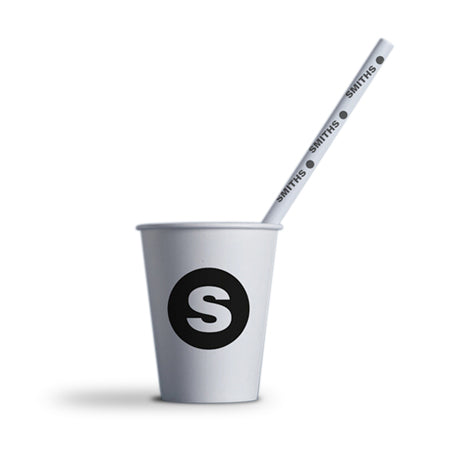The Importance of Frozen Food Packaging
In today's fast-paced world, frozen food has become an essential part of many households. It offers convenience and longer shelf life products that can save both time and resources. However, the effectiveness of frozen food lies significantly in its packaging. Proper frozen food packaging is crucial for preserving quality, ensuring safety, and minimizing environmental impact.
Preserving Quality and Freshness
Frozen food packaging serves the primary role of preserving the quality and freshness of the food inside. When food is frozen, ice crystals form, which can damage the cellular structure of the food. This is where packaging comes into play. Effective packaging minimizes exposure to air, moisture, and light, which can lead to freezer burn—a condition where food develops dry spots and loses its flavor and texture.
Materials like polyethylene, polypropylene, and vacuum-sealed pouches are commonly used because they provide a barrier against moisture and oxygen. Additionally, innovative packaging technologies, such as modified atmosphere packaging (MAP), help in maintaining the quality of frozen food by replacing the air inside the package with gases that enhance shelf life.
Ensuring Food Safety
Another critical aspect of frozen food packaging is safety. Food safety is paramount, as improperly packaged frozen food can become a breeding ground for bacteria and other pathogens. The right packaging not only protects food from contamination but also helps in identifying any spoilage.
Tamper-evident features in packaging can also provide an additional layer of safety. They ensure that consumers can be confident that their food has not been altered after packaging. Clear labeling of ingredients and storage instructions is equally important, as it informs consumers about what they are purchasing, allowing them to make informed choices regarding their health and dietary needs.
frozen food packaging

Environmental Considerations
As the world becomes increasingly aware of environmental issues, sustainable frozen food packaging has gained traction. Traditional packaging materials, like plastic, pose a significant environmental challenge due to their non-biodegradable nature. In response, companies are exploring eco-friendly alternatives, such as biodegradable wrappers and recyclable materials.
Additionally, companies are adopting practices like reducing packaging size and weight to decrease waste and carbon footprint. Some manufacturers are even investing in use-reusable containers that can be returned and refilled, thus closing the loop on the packaging lifecycle.
Consumer Convenience
Frozen food packaging also emphasizes consumer convenience, which is a strong selling point in the industry. Packaging designs that facilitate easy opening, resealing, and portion control cater to the needs of busy families and individuals. For instance, single-serving packages allow consumers to take out just what they need without defrosting an entire package, promoting better food management and reducing waste.
The integration of technology into packaging can further enhance consumer experience. Smart packaging solutions, including QR codes and temperature indicators, allow consumers to verify product freshness and track expiration dates, ultimately increasing transparency in the food supply chain.
Conclusion
In summary, frozen food packaging is a vital aspect of the frozen food industry, serving many critical functions from preserving quality and ensuring safety to promoting environmental sustainability and consumer convenience. As technology advances and consumer preferences evolve, it is essential for packaging solutions to adapt. Companies that prioritize innovative, sustainable, and user-friendly packaging are likely to thrive in the competitive frozen food market. Ultimately, the right packaging not only protects the product but also enhances the overall consumer experience, contributing to a healthier lifestyle and a more sustainable future.



